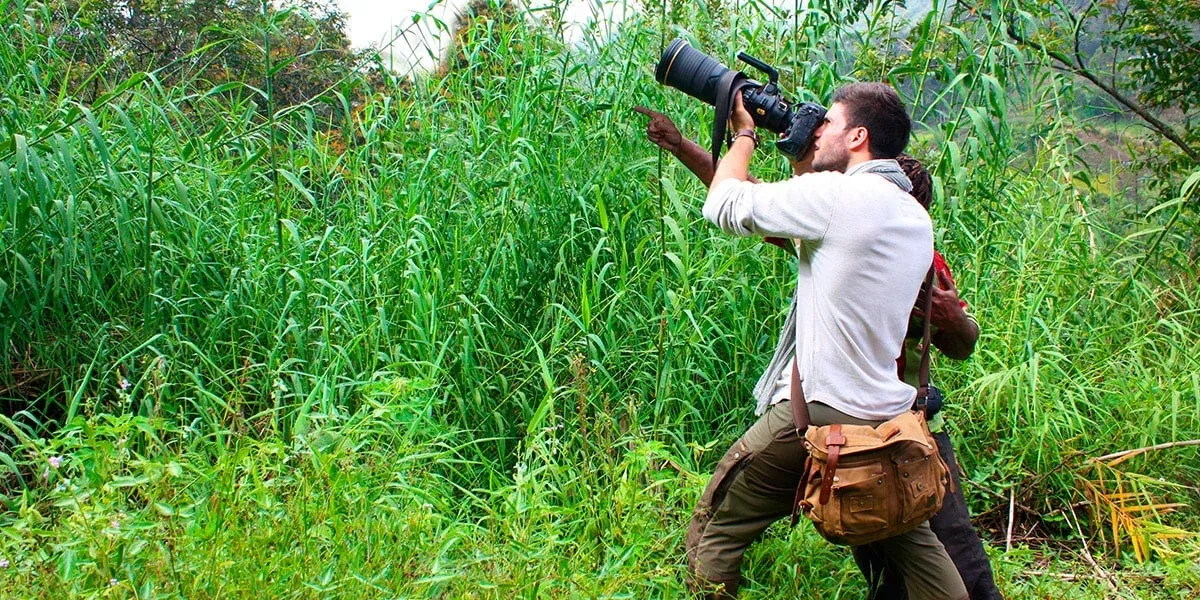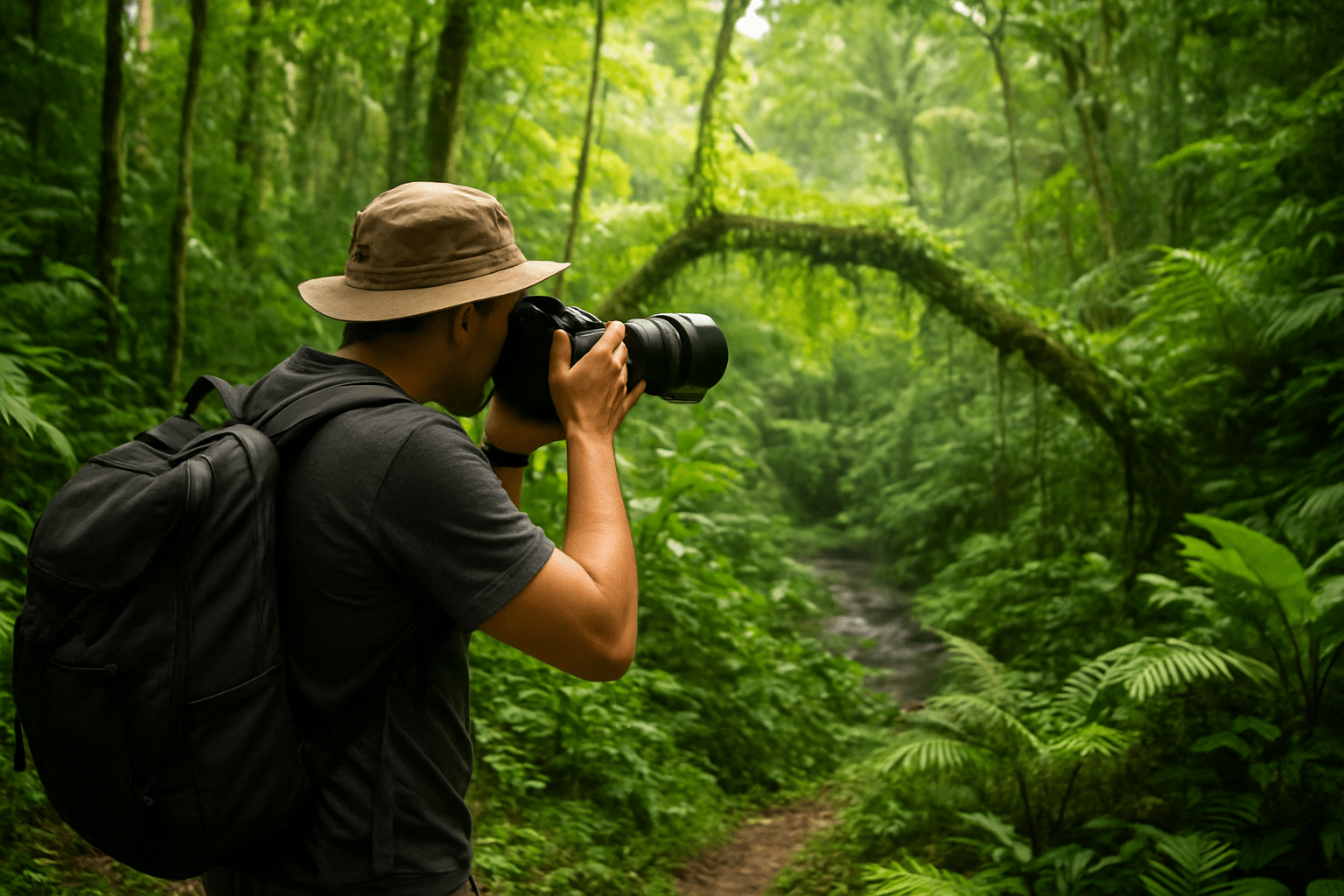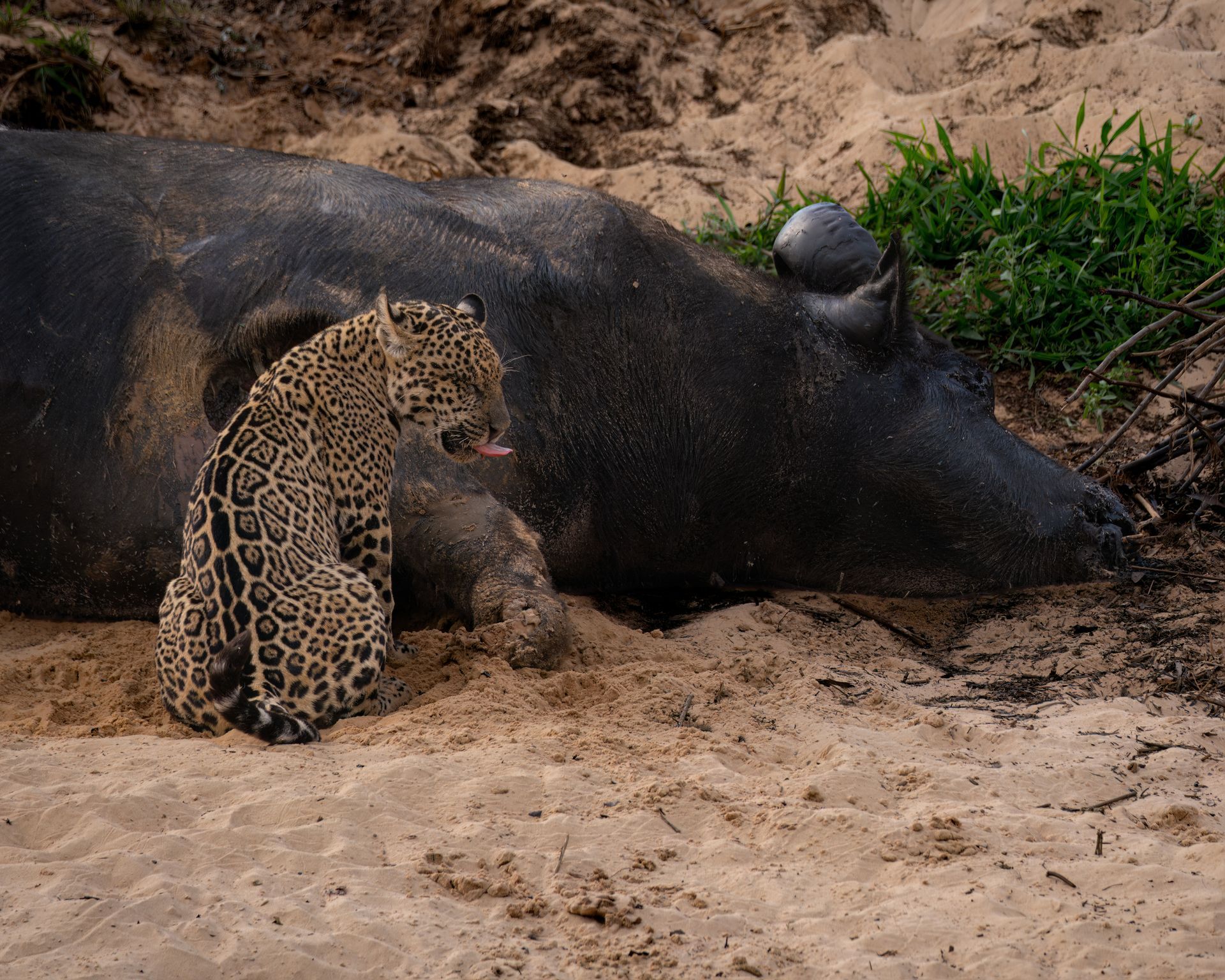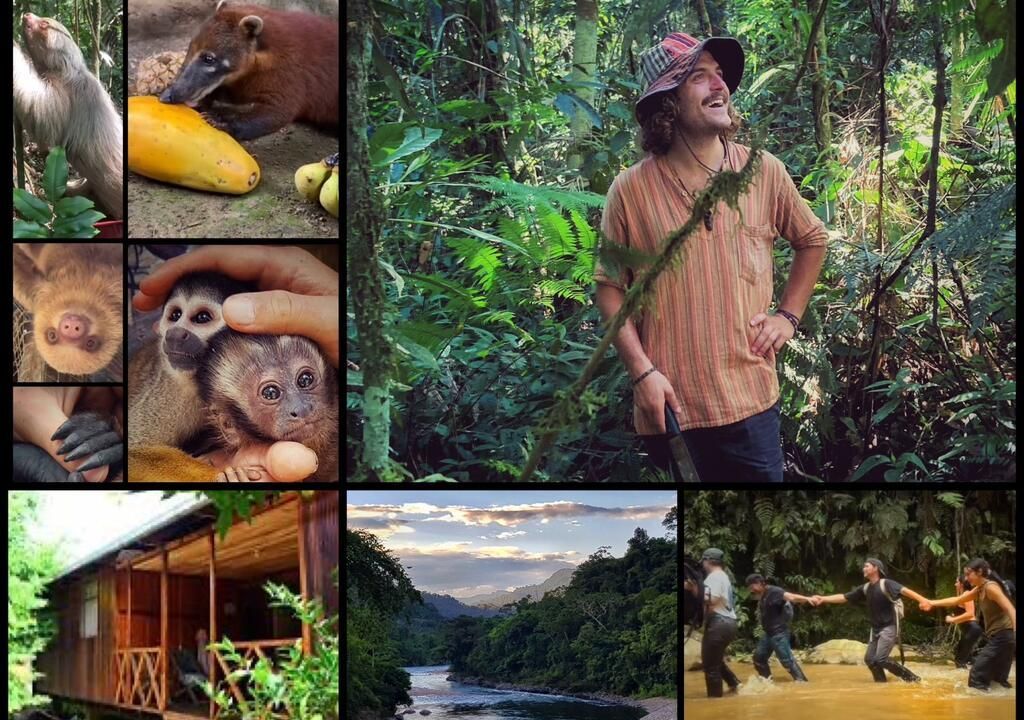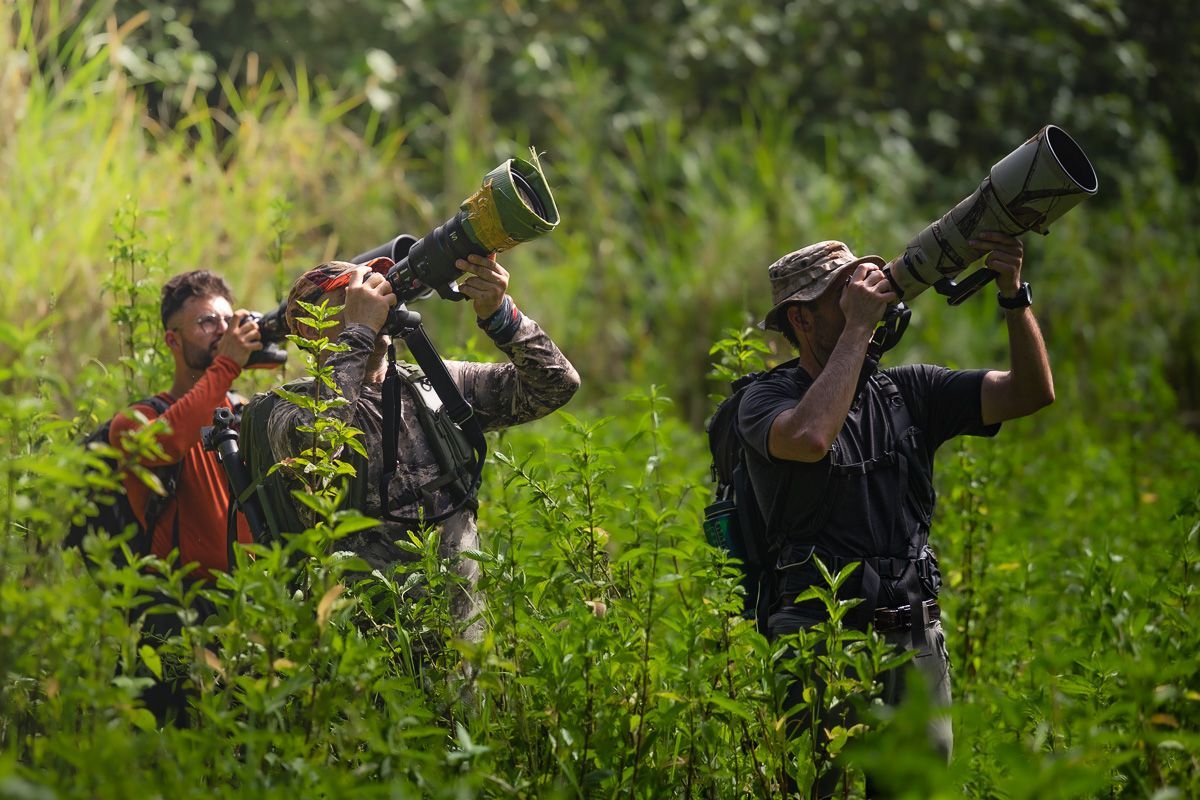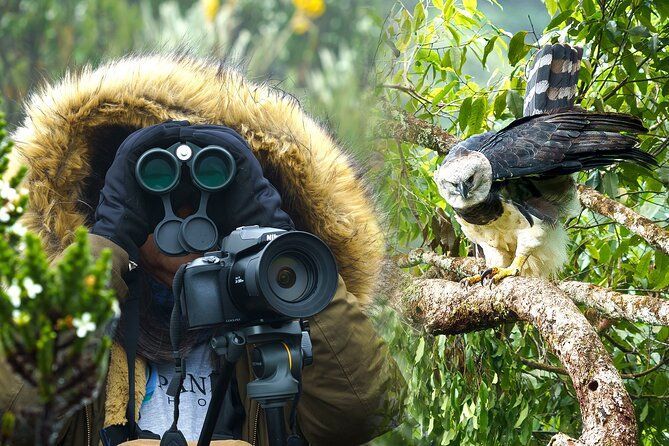The Best Seasons for Bird Watching and Photography in Colombia
Colombia is widely regarded as one of the richest countries in the world for bird diversity, with nearly 1,900 species recorded across its varied landscapes. This incredible diversity, combined with stunning natural beauty, makes Colombia a dream destination for bird watchers and photographers alike. But to truly make the most of your experience — to capture the vibrant plumage, unique behaviors, and breathtaking habitats — timing is everything. At Retorno Photo Tours, we specialize in tailoring trips to align with Colombia’s best birding seasons, ensuring you get spectacular opportunities for both watching and photographing birds.
In this blog, we’ll guide you through the best seasons to visit Colombia for bird photography, what you can expect in different regions, and how the timing of your trip can impact your experience in the field.
Understanding Colombia’s Climate and Its Effect on Birds
Colombia’s location near the equator means it does not have the typical four seasons but rather a tropical climate with wet and dry periods. These seasonal variations greatly influence bird behavior, visibility, and accessibility to habitats.
Generally, Colombia experiences:
- Two main dry seasons:
- December to March
- June to August
- Two wet seasons:
- April to May
- September to November
The dry seasons offer easier trail access and better light conditions for photography, while the wet seasons bring lush greenery and can attract migratory species. Knowing when and where to go during these periods is key to maximizing your birding success.
The Dry Season (December to March): The Prime Time for Bird Photography
The months from December through March are considered the most popular time for bird watchers and photographers in Colombia. Here’s why:
- Trail Access and Weather: During this dry spell, roads and trails in national parks and reserves are usually passable, making it easier to explore remote bird habitats.
- Breeding Season: Many species engage in courtship displays, nest building, and territorial behaviors, offering photographers dramatic and intimate moments to capture.
- Clear Skies: Crisp mornings with good visibility make for beautiful lighting conditions at dawn and dusk, enhancing your photos’ colors and details.
- Migratory Birds: Some migratory species from North America start arriving during this time, adding diversity to your sightings.
Regional Highlights During Dry Season
- Sierra Nevada de Santa Marta: This area bursts with endemic species like the Santa Marta Parakeet and Blossomcrown, with dry weather providing excellent hiking and photography conditions.
- Andes Mountain Parks: Regions like Chingaza and Los Nevados are accessible, where you can find hummingbirds, Andean condors, and rare highland species.
- Caribbean Coast: Low humidity and fewer mosquitoes make birding comfortable along the coast and nearby mangroves.
The Short Dry Season (June to August): Ideal for Amazon and Pacific Coast
Colombia’s second dry period falls between June and August. This season is especially favorable if your bird photography journey takes you to the lush rainforests and coastal regions.
- Amazon Basin: Water levels in rivers recede, exposing beaches and floodplains where birds congregate. This makes it easier to spot and photograph species like macaws, toucans, and hoatzins.
- Pacific Coast (Chocó Region): This biodiversity hotspot offers vibrant birds like the Great Green Macaw and Chocó Toucan, with improved accessibility during these months.
- Llanos (Eastern Plains): Dry conditions cause animals and birds to gather around shrinking water sources, providing concentrated opportunities for wildlife photography.
While this period can still see some rain, it is significantly less than other months, making it ideal for exploring Colombia’s most remote natural habitats.
The Wet Seasons (April to May & September to November): The Green Season Advantage
Though wet seasons bring rain that can make travel tricky and photography challenging, they also have their own unique benefits for bird watchers and photographers.
- Lush Landscapes: The forests and wetlands are at their greenest and most vibrant, creating stunning backdrops for bird photography.
- Breeding and Nesting: Some species time their breeding to coincide with the rains when food is abundant, meaning you might witness nesting behavior or chicks.
- Migratory Birds: The fall months (September to November) can be excellent for catching migratory warblers, flycatchers, and other species passing through Colombia.
- Fewer Tourists: Wet seasons typically see fewer visitors, giving you more peaceful and private experiences in parks and reserves.
If you’re prepared for some wet weather and flexible with your schedule, the wet seasons can offer rewarding photographic opportunities away from the crowds.
Tailoring Your Trip by Region and Season
Andes and Coffee Region
- Best Seasons: December to March for dry weather and June to August for cooler temperatures and hummingbird activity.
- Highlights: Cock-of-the-Rock displays, hummingbirds, and Andean endemics.
Amazon Rainforest
- Best Seasons: June to August when river levels drop.
- Highlights: Macaws, hoatzins, parrots, and rare species in the dense jungle.
Caribbean and Sierra Nevada de Santa Marta
- Best Seasons: December to March dry season.
- Highlights: Unique endemics and mountain bird species.
Eastern Llanos
- Best Seasons: December to March dry season.
- Highlights: Water-dependent birds gathering in large numbers.
Practical Tips for Bird Photography in Colombia’s Seasons
- Be ready for variable weather: Even in dry seasons, mornings and evenings can be cool in the mountains.
- Dress in layers: Lightweight and moisture-wicking fabrics help with humidity and temperature swings.
- Bring rain protection: A rain cover for your camera and quick-drying gear are essential in case of sudden showers.
- Plan your shoots around dawn and dusk: These times offer the best light and active bird behavior.
- Work with local expert guides: They know seasonal patterns and help you find the best spots and species.
Why Choose Retorno Photo Tours?
At Retorno Photo Tours, we tailor every expedition with expert knowledge of Colombia’s seasons, ensuring your bird watching and photography experience is perfectly timed. Our guides combine passion, local expertise, and a commitment to sustainable tourism to bring you closer to Colombia’s breathtaking birdlife.
Whether you’re chasing the vibrant colors of a hummingbird in the Andes dry season or capturing flocks of macaws on Amazonian riverbanks during the green season, we’ll help you plan and execute the perfect bird photography adventure.
Final Thoughts
Colombia offers incredible bird photography opportunities all year round, but understanding the country’s seasonal rhythms will elevate your experience. Dry seasons generally provide better access and lighting, while wet seasons offer lush scenery and unique behaviors. By aligning your trip with the best seasons for your target regions and species, you’ll come away with unforgettable memories and stunning images.
Ready to embark on your next bird photography journey? Contact Retorno Photo Tours today to start planning the perfect trip timed just right for Colombia’s spectacular birdlife.




